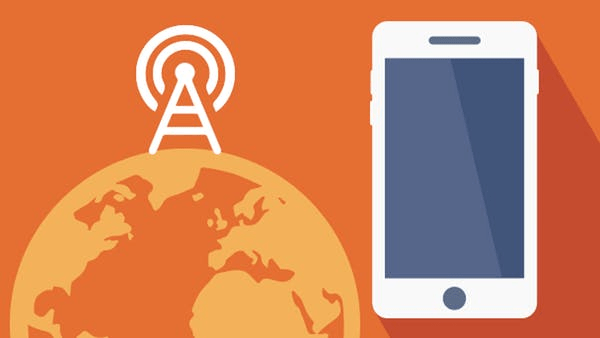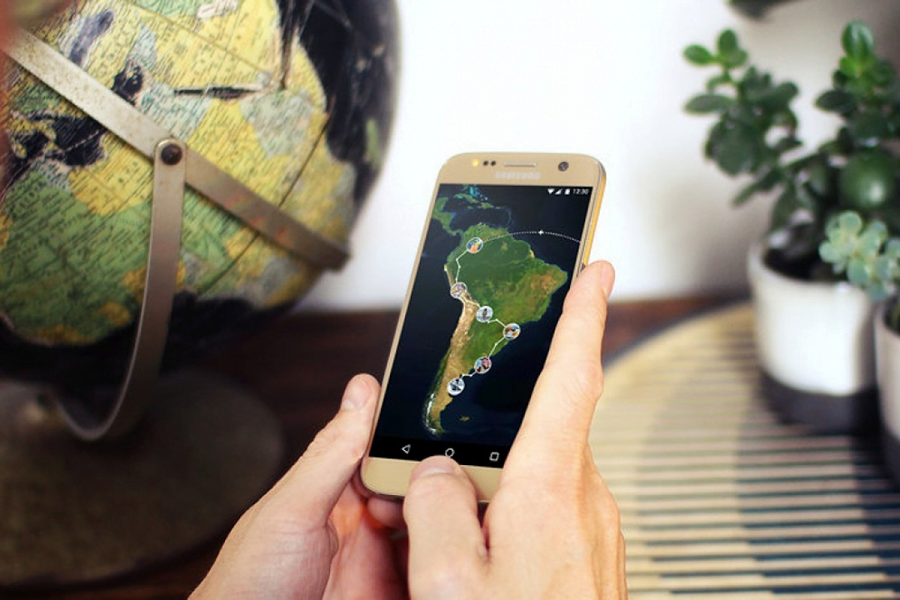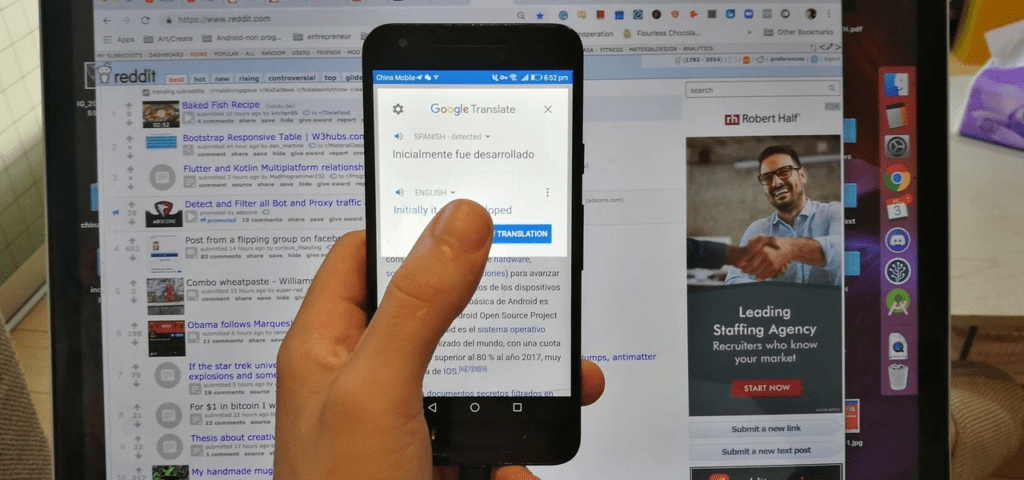
If you live and do business primarily in the region where you live, you likely don’t give your cell phone service a second thought, other than the occasional overage charges on your monthly bill. That’s because, in North America, mobile carrier networks and technology standards are pretty simple for consumers to understand. But mobile networks outside North America are not nearly as uniform, and that can translate into some hefty roaming fees — or no mobile service at all — when you try using mobile phones overseas.
Challenges for Travelling Mobile Users

When you’re used to being able to use your phone anywhere, you don’t give much thought to all of the technological dominoes that have to line up in order for that to happen. When you travel, you’ll run into different network standards and frequencies that make it apparent just how much that compatibility matters. Still, even with the variability that comes with overseas mobile calls, there are some running themes you can rely on.
Most networks you’ll encounter are either GSM or CDMA. The Code Division Multiple Access (CDMA) networks, like Verizon and Sprint, won’t work with phones designed for Global System for Mobile Communications (GSM) networks, like AT&T or T-Mobile. Even if your phone uses the same kind of network, it may use different wireless frequencies depending on the country, or hemisphere, you’re calling in.
What’s worse is that even if your mobile devices work overseas, you’re likely to fall into a roaming nightmare, where you’re paying several dollars a minute for phone calls that are out of your network, and who knows how much for data if you want to look up an address or send an email on mail on hotmail.com.
Tips for Frequent Travelers

The only reliable way to stay connected while you’re using a mobile phone overseas is to know more about your phone, your wireless carrier’s international calling plans and the network availability where you’ll be traveling. Depending on the country you’re visiting, your carrier may be able to offer an international calling plan with different rates for minutes and data. Still, do your research and see whether it might not be cheaper to buy a plan, or even a temporary phone, at your destination.
GSM Phones:
If you have a GSM phone, it uses a SIM card to identify your phone on the network. You can keep your existing SIM card and pay your existing carrier for an international calling plan, or you can buy a local SIM from a provider at your destination. Just make sure that your phone uses frequencies that are compatible with the destination network. If you have a tri-band or quad-band phone (which can switch between multiple frequencies), you’re more likely to be able to use that phone on foreign networks.
CDMA Phones:
If you have a CDMA phone, it might not be usable outside the US, Canada, Mexico or Japan. GSM is the dominant technology worldwide, so check before you go. If you have a combination of GSM/CDMA phone, it’s probably a simple matter to use it on either network. CDMA phones may need to be programmed for use on new networks, though.
Cautions about International Roaming
Some people will decide that they can get away without an international calling plan and use their mobile devices sparingly for a weekend trip. But international roaming minutes and data charges are so ridiculously high that the cost of an email here and a two-minute call there can start to add up. Know the roaming charges for your carrier in the country you’re visiting and think seriously about how much you’ll be using your phone while you’re overseas.



Leave a Reply